The Rest is Silence – In Memory of HMAS Sydney

The Rest Is Silence – Lest We Forget
On 19 November 1941 during World War II, HMAS Sydney was involved in a mutually destructive engagement with the German auxiliary cruiser Kormoran. The Sydney was lost with all hands (645 in all). Most of the German crew from the Kormoran survived. I have seen some of the lifeboats the German crew used when rescued off the coast near Carnarvon.
The wrecks of both ships were lost until 2008: HMAS Sydney was found on 17 March, five days after her adversary.
The purpose of today’s post is to appreciate the concept of the memorial dedicated to HMAS Sydney through the pictures we took during our visit to Geraldton back in November 2020:






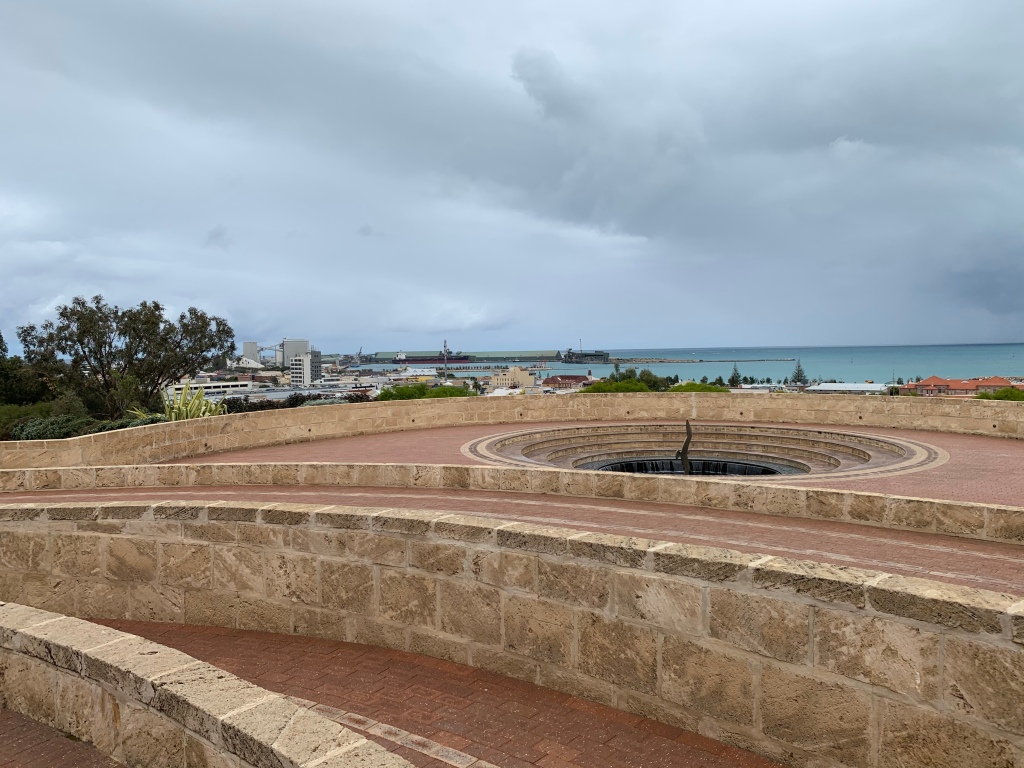


Memorials are important because they remind us not only of who was lost regardless of whether friend or foe, but the futility and inevitably, of war. It also reminds us of the tough decisions leaders need to make when committing to a course of action without a guaranteed outcome. Australia has a war or Anzac memorial in every town throughout its length and breadth for this very reason. Anzac stands for Australian and New Zealand Army Corps.
Some of the wars Anzacs have fought in have been the major conflicts in modern times: WW1, WW2, Korea, Vietnam and of course those wars since then we now watch live on TV.
It would seem, for us, there is unfortunately a “grey war” being fought right now with a certain aggressor. We have taken a key stance on a number of issues and it hasn’t been well received. Diplomacy appears to be off the table at this point in time, but interestingly enough may come back onto the table once someone realises they have underestimated the capabilities we have.
If you want to understand what is at the very heart of an Australian, the RSLWA puts it best: Anzac is that single word so powerful in the Australian vocabulary that it can bring a tear to the eye, a lump in the throat and a feeling of pride. A word that brings to mind those other words so uniquely Australian that had their origin in the trenches of Gallipoli in 1915 – Cobber, Digger, Fair Dinkum, True Blue, Mate.
As the Sydney memorial says: “The Rest is Silence.” War is a price too high to pay.

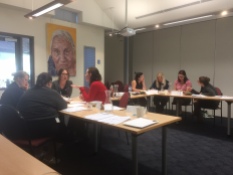












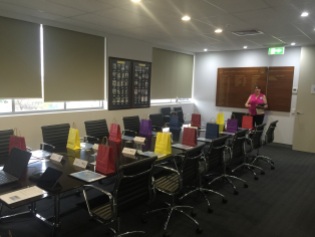


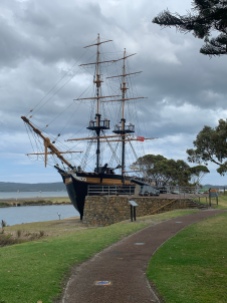














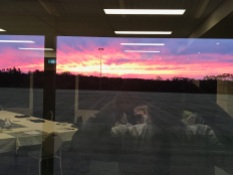









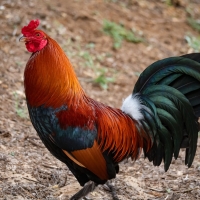




beautiful post, pics and appreciation!💖
LikeLiked by 1 person
Thank you, Cindy. It was a very reflective day 😊
LikeLiked by 1 person
So wonderful Sean!💖
LikeLiked by 1 person
“Those who cannot remember the past are condemned to repeat it.” George Santayana
LikeLiked by 2 people
Thank you for such a meaningful quote and one I have valued for as long as I can remember 🙏🤔🙏
LikeLiked by 1 person
Thank you this was beautiful I had a hard time reading it I came back from the eye doctors wanted to meet up with the surgeon I have to have two cataracts removed very soon and so but your stories are always good very well put together I enjoy your wisdom thank you so much
LikeLiked by 1 person
Thank you for your lovely comments, as always. I am sorry that you are having such trouble with your eyes. My mum had both cataracts removed late last year. She was extremely happy with the procedure and her life is so much better as a result. I wish you all the best and will be thinking of you in the days ahead 😊
LikeLiked by 1 person
I never know Australians had a fight with Germans. So the German cruiser traveled all the way to the shore of Australia? Wow, there are so much one doesn’t know about the world.
LikeLiked by 1 person
Yes, the Germans during WWII were conducting raids in Australian waters on a regular basis as well as laying mine fields. The Kormoran was in the process of heading south to lay mines off the coast of where I live, when it detected wireless activity from the Sydney, and the rest as they say, is history!
LikeLiked by 2 people
Wow. Unbelievable. I mean they will travel so far to lay mines. A lot of countries are still have mine problems so many years after the war.
LikeLiked by 2 people
Sean – this was a moving post. Both my parents were in WW2 (my Mom was an army nurse who, believe it or not almost married an Aussie). I always heard war stories related in hushed and solemn voices that were tinged with fear and sadness. I grew up knowing that war was to be avoided at all costs.
I did click on the grey war link and the article was fascinating. A very informative read. Thank you for this post Sean.
LikeLiked by 1 person
Thank you for your comments, Rita. I think you would have made a good Aussie! I can certainly appreciate those stories you were told. I just hope the younger generations do not have to experience such fear and sadness. Understanding the grey war, puts a lot of things into context right now.
LikeLiked by 1 person
A great post! Nice pics. I liked the last line most.
LikeLiked by 1 person
Thank you for your most welcome words, KK. It is a very impactful place to visit.
LikeLiked by 1 person
Excellent post, Sean. There are no winners in war, and I agree with the importance of memorials. The dome is so pretty. What a beautiful way to honor these people.
LikeLiked by 1 person
Thank you so much for your comments. We spent a long time there that day, because you can’t help but reflect on each element that makes up the memorial site, and the dome in particular. It’s symbolism is both thoughtful and breathtaking.
LikeLike
I love this post Sean and I think we should all remember those lost in wars, and what they fought for. We took a trip to Normandy to honour the D-day 75th Anniversary not so long ago, and we had such amazing and interesting chats with the few vets that were still around.
Hubby used to go every year as a London Black Cab Driver taking The Vets, along with a fleet of cabbies 🙂
LikeLiked by 1 person
Thank you for your appreciation of the post and sharing these experiences, Caz. I am really glad you were able to get to Normandy. That’s awesome re hubby and the fleet of cabbies. I was a colour sergeant once upon a time and I used to carry the unit’s colours on Anzac Day.
LikeLiked by 1 person
Wow, that’s billiant Sean; you being a colour sergeant and you must have been so proud carrying the colours! 🙂
LikeLiked by 1 person
Such an interesting post: I enjoyed it a lot 🌹🌹🌹
LikeLiked by 1 person
Thank you for dropping by, Luisa. I am very glad you enjoyed the post 😊
LikeLiked by 1 person
Definitely MY pleasure 🙏
LikeLiked by 1 person
Good to know that these lost lives are not forgotten. My great Uncle died in a navel battle off the coast of Chile in World War 1. 1,600 lost their lives. There is a commemorative site in Chile.
LikeLiked by 1 person
Thank you for sharing what happened to your great uncle, Anne. I did a search on the battle – such tragedy. Yes, it is always good to know that lost lives are not forgotten.
LikeLike
Beautiful all round. War affects all both directly and otherwise. Wished there was never one.
Thanks for sharing.
LikeLiked by 1 person
Thank you for your very thoughtful comments. May we learn one day war isn’t necessary!
LikeLiked by 1 person
I pray that some day day soon we will “learn that war isn’t necessary.” 🙏🏾
LikeLiked by 1 person
Wow. From a distance, that dome looks almost solid. To know that each of those seagulls represents a life lost is sobering indeed.
LikeLiked by 1 person
The dome is not only a beautiful monument but I found it to be a concept that made perfect sense to me.
LikeLiked by 1 person